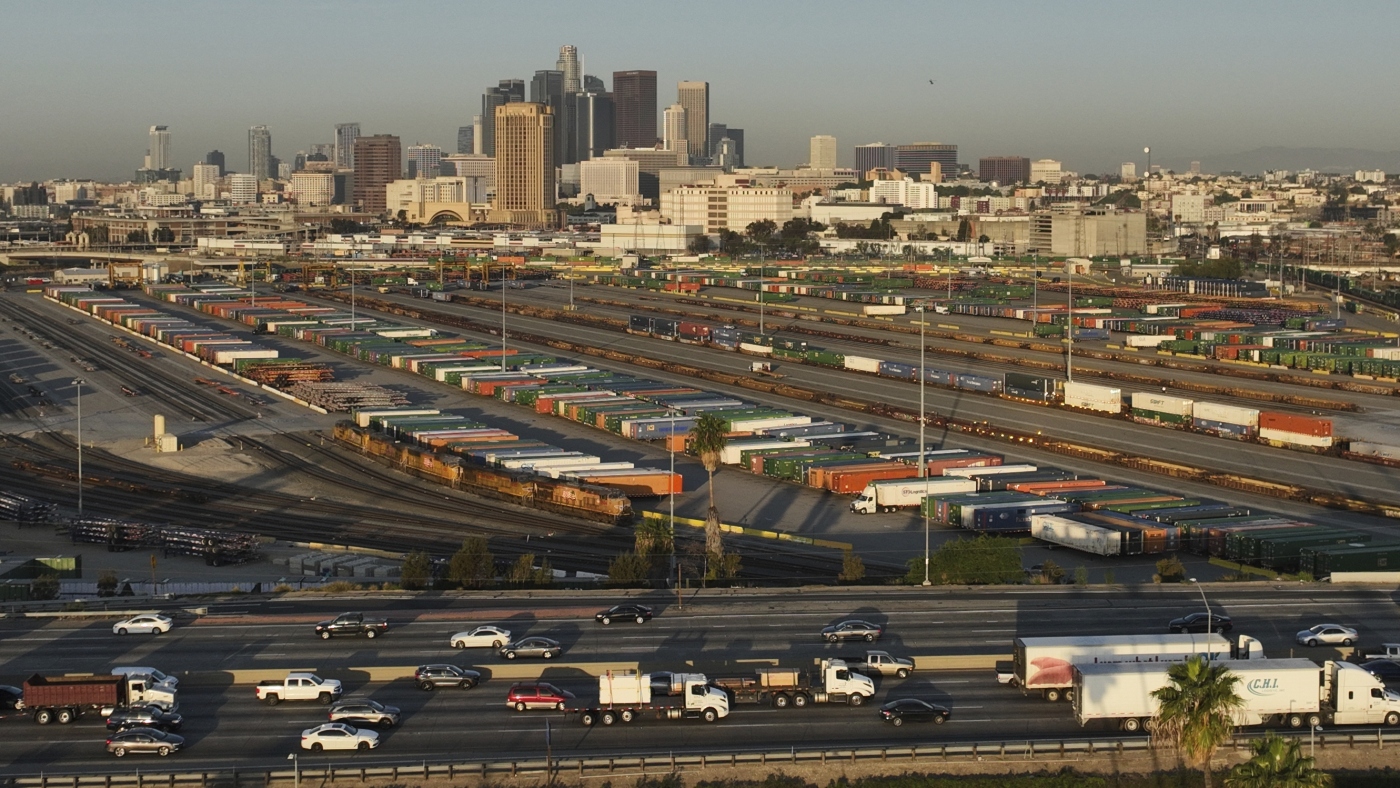The Unseen Impact of Urban Deforestation: A Deep Dive into Samuel Patrick Groft’s Case
Introduction
Urban deforestation is often overshadowed by discussions of large-scale forest loss, yet its localized consequences can be just as devastating. The case of Samuel Patrick Groft, who systematically chopped down trees across Los Angeles, serves as a stark illustration of how individual actions can ripple through an entire urban ecosystem. This report examines the environmental, social, economic, and ethical repercussions of his actions, while also exploring broader implications for urban planning and sustainability.
—
The Environmental Consequences of Urban Tree Loss
1. Disrupted Carbon Sequestration and Air Quality
Trees act as natural air filters, absorbing carbon dioxide and releasing oxygen. In Los Angeles—a city already grappling with smog—the removal of trees exacerbates pollution levels. Fewer trees mean less capacity to mitigate greenhouse gases, contributing to worsening air quality and public health risks.
2. The Urban Heat Island Effect Intensifies
Without shade from trees, concrete and asphalt absorb and radiate heat, raising local temperatures. Studies show that tree-lined streets can be up to 10°F cooler than barren ones. Groft’s actions inadvertently worsened LA’s heat island effect, making neighborhoods less livable during heatwaves.
3. Biodiversity Decline
Urban trees support birds, insects, and small mammals. Their removal fragments habitats, leading to species displacement or decline. For example, native birds like the Allen’s hummingbird rely on urban greenery for nesting. Groft’s destruction of trees disrupted these delicate ecosystems, with potential long-term effects on local wildlife.
—
Social and Community Ramifications
1. Erosion of Public Spaces
Trees transform sidewalks and parks into communal hubs. Their loss diminishes social interaction, particularly in lower-income areas where green spaces are already scarce. In LA, where park access is unequal, Groft’s actions disproportionately affected communities with limited recreational options.
2. Mental and Physical Health Impacts
Research links urban greenery to reduced stress, improved mood, and lower rates of asthma. Trees also encourage outdoor activity, combating sedentary lifestyles. By removing them, Groft’s actions may have contributed to increased anxiety and respiratory issues among residents.
3. Aesthetic and Cultural Loss
Trees shape neighborhood identity. Historic or culturally significant trees, once gone, cannot be easily replaced. In LA, where palm trees are iconic, losing them erodes the city’s visual character and sense of place.
—
Economic Fallout
1. Declining Property Values
Homes near green spaces command higher prices. A study by the USDA found that street trees can increase property values by up to 15%. Groft’s tree removal likely depressed nearby real estate values, affecting homeowners and municipal tax revenues.
2. Municipal Costs of Replanting
Replacing mature trees is expensive. LA spends millions annually on urban forestry, and Groft’s vandalism diverted funds from other critical services like road repairs or public safety.
3. Increased Energy Demands
Without tree shade, buildings require more air conditioning, raising energy costs for households and businesses. This strains both wallets and the power grid, especially during peak summer months.
—
Legal and Ethical Dimensions
1. Criminal Accountability
Groft’s actions violated California Penal Code 384a, which prohibits unauthorized tree cutting on public land. Prosecuting such cases is vital to deter future vandalism and uphold environmental laws.
2. The Ethical Breach
Beyond legality, trees are a shared resource. Groft’s disregard for communal well-being underscores a broader ethical failing—prioritizing individual whims over collective benefit.
3. Environmental Justice Concerns
Low-income and minority neighborhoods often bear the brunt of urban deforestation. Groft’s choices may have deepened existing inequities, as these communities have fewer resources to replant or advocate for green spaces.
—
Broader Lessons for Urban Planning
1. Strengthening Urban Forestry Programs
Cities must invest in tree maintenance, disease management, and replanting initiatives. LA’s “Green New Deal” aims to plant 90,000 trees by 2028, but enforcement against vandalism must also improve.
2. Community-Led Stewardship
Residents should co-manage green spaces through adopt-a-tree programs or neighborhood forestry councils. This fosters ownership and deters destruction.
3. Policy Reforms
Stricter penalties for tree harm, coupled with incentives for green development (e.g., tax breaks for tree preservation), could balance growth with sustainability.
—
Conclusion: A Call for Collective Action
Why Urban Trees Matter More Than Ever
Samuel Patrick Groft’s case is a microcosm of a global challenge: balancing urbanization with ecological health. Trees are not mere decorations—they are lifelines that cool cities, clean air, and unite communities.
The Path Forward
To safeguard urban forests, we need:
– Stronger legal protections against tree vandalism.
– Equitable green space distribution to ensure all neighborhoods thrive.
– Public education on the irreplaceable value of urban trees.
The lesson from Groft’s actions is clear: when we lose trees, we lose a part of our city’s soul. The time to act—and replant—is now.











